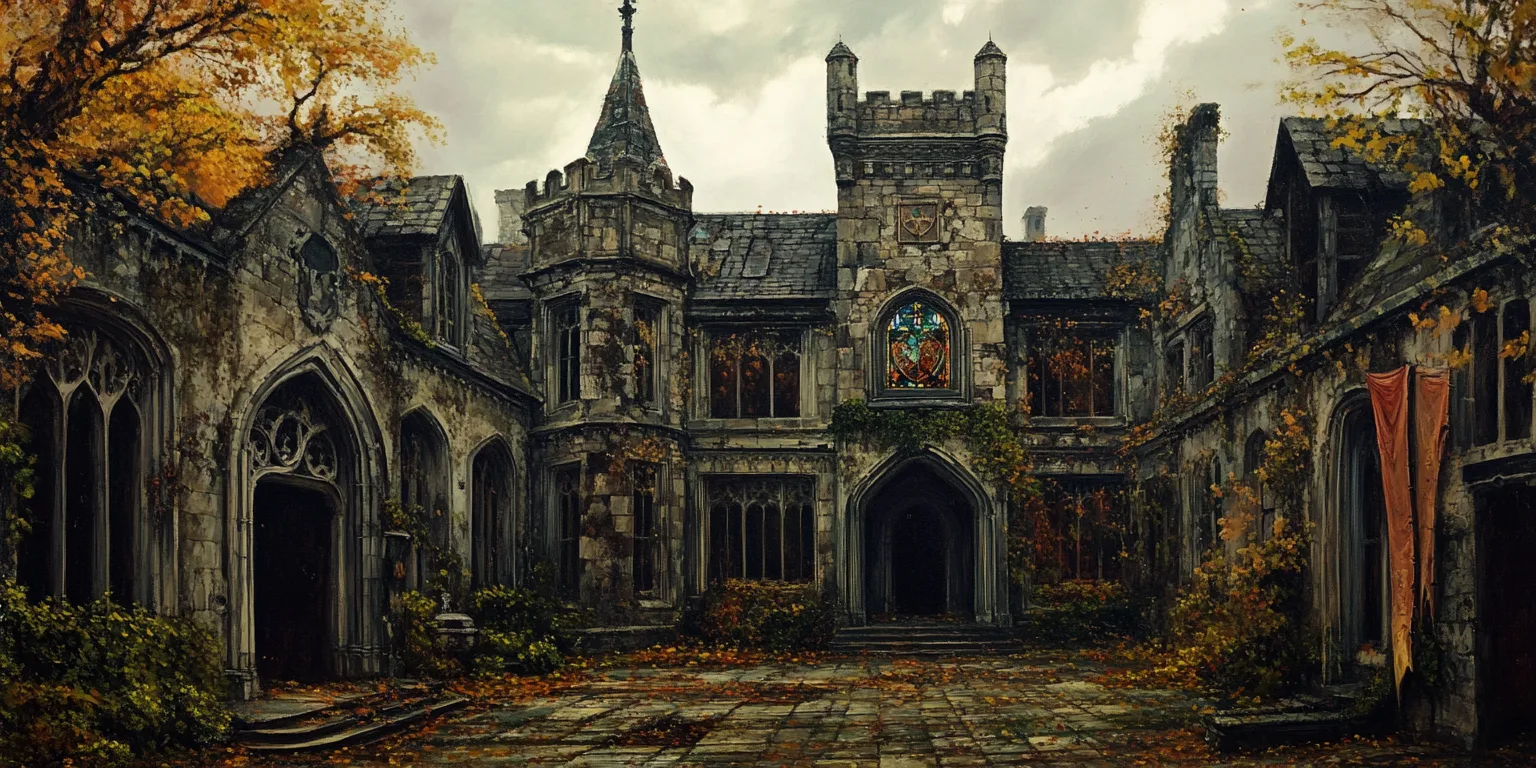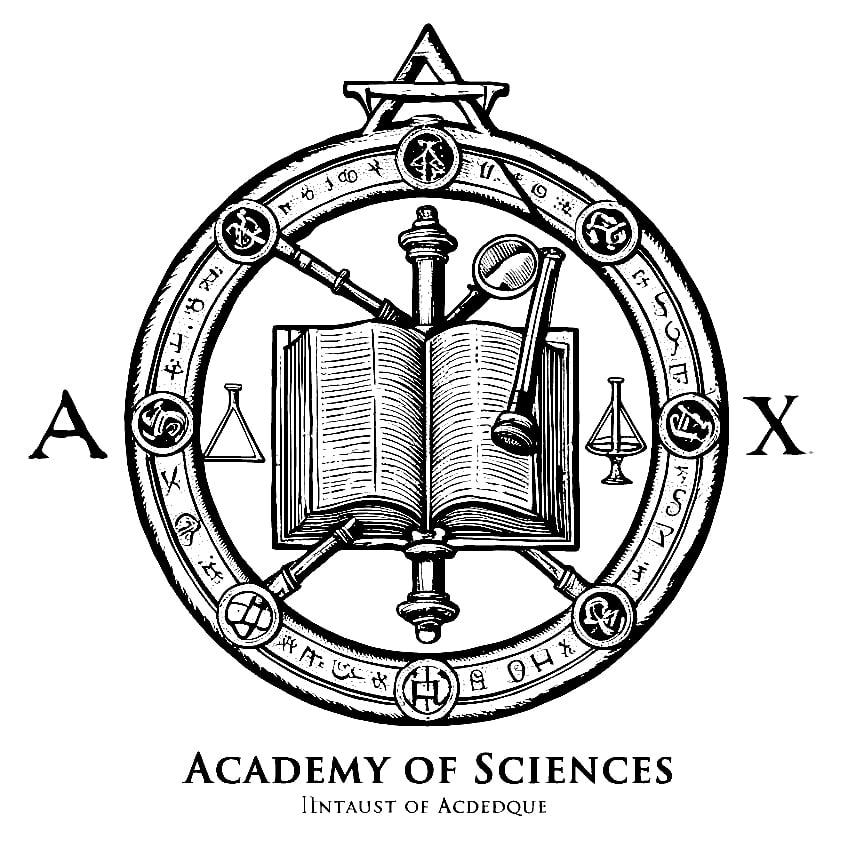Academy of Sciences
“Let no child of Thandor grow up in darkness. Let the hammer, the quill, and the mind be raised as proudly as the sword. Here, in these halls, the future shall be forged by brilliance.”
Introduction
The Academy of Sciences was born from a revolutionary vision.
In 356 ADA, Empress Sandrin the Wise declared that the greatness of Thandor should not be forged in blood, but in thought. In a bold move that unsettled the aristocracy and astonished the merchant guilds, she established the first institution of higher learning in the empire open to the common folk.
Constructed at the old heart of the capital and funded directly by the Crown, the Academy was envisioned as a bastion where blacksmiths' apprentices, scribes’ children, and even field hands with keen minds could rise not through lineage, but through learning. Its curriculum focused on engineering, mathematics, metallurgy, and the written word; tools that the Empress considered vital to achieve real progress.
Golden Age (356-556 ADA)
Unlike the other institutions that catered to the elite, the Academy of Sciences was designed to provide the masses with access to education and the practical skills necessary to contribute to the growth and prosperity of the empire.
In its golden age, this vision blossomed beyond its original scope, as the academy became a beacon of opportunity, attracting talent from all walks of life. The curriculum was comprehensive, offering everything from blacksmithing and scribing to more sophisticated fields like engineering, architecture, and alchemy. For the first time, common citizens, often born into laborious lives, were given the chance to learn high-level skills that had previously been reserved for the nobility.
The academy's reputation grew quickly, becoming a vibrant center of innovation. Through the rigorous courses and workshops, the academy produced artisans, engineers, architects, and scholars who played pivotal roles in shaping the empire’s infrastructure and expanding its boundaries. The true power of Sandrin’s vision was realized during this period, as common people not only contributed to the empire’s growth but also began to shape its future.
However, as the academy’s success attracted wealth and prestige, its courses began to shift. What started as accessible education for all evolved into elite programs that required more resources, pushing the common people to the fringes. The academy’s curriculum grew to offer specialized, high-cost education, eventually becoming a place where only the wealthiest could afford to study.
Progression of Curriculum
Core Professions
The core professions formed the backbone of the Academy’s curriculum. These subjects focused on giving students the practical tools to contribute to Thandor's and the empire's growth.
- Blacksmithing & Metallurgy
Foundational Techniques: Smelting, forging, and tempering metals.
Advanced Metallurgy: Techniques for alloying and forging superior materials, including steel and exotic metals.
Artisan’s Guilds: Collaboration with the military to supply weapons, armor, and equipment.
- Scribing & Record Keeping
Languages & Scripts: Mastery of record-keeping and burreaucratic documentation. Introduction to locan dialects and diplomatic languages.
Trade Documentation: Scribing for merchants, managing contracts, and drafting official letters for the court.
Laws of the Empire: Detailed instruction on how to properly record and understand the legal systems of the empire.
- Engineering & Siegecraft
The Art of the Forge: Working with architectural plans and forging tools for construction projects.
Mechanisms of War: Understanding the mechanics behind siege engines like catapults and ballistae.
Civic Engineering: Teaching students how to design infrastructure projects for cities and towns, including aqueducts and fortifications.
- Architecture
Basic Construction: Fundamentals of building with stone and wood, designing functional homes and civic buildings.
Designing for Empire: Focusing on grand imperial architecture, such as palaces, bridges, and roads.
Structural Engineering: Advanced methods for designing large-scale structures.
- Alchemy & Herbalism
Foundational Compounds: Basic alchemical methods for distillation, fermentation, and infusion. Safe handling of reagents and the creation of tonics and salves.
Medicinal Botany: Study of native and imported plants used for healing, toxin resistance, and preservation. Identify, cultivate, and process herbs.
Practical Applications: Training in the use of alchemical mixtures in urban infrastructure (e.g., fireproofing, water purification) and siegecraft (e.g., oilslicks, corrosive agents).
Specialized Professions
As the academy grew in prestige, it began to offer more specialized courses, which became increasingly costly and eventually less accessible to common students.
- Advanced Mathematics & Astronomy
Cosmology: The study of the stars, including the use of astronomical knowledge for navigation and timekeeping.
Mathematical Theorems: Applied mathematics in construction, engineering, and military strategy.
- Advanced Commerce & Trade
Imperial Markets: The study of trade routes, taxation systems, and imperial market management.
Guilds and Wealth: The development of guilds and how they interlock with the power structures of the empire.
- Metallurgical Arts & Armor Crafting
Weapon Forging: Advanced blacksmithing skills, focusing on the creation of ceremonial and military weapons.
Jewelry and Craftsmanship: High-end crafting, including ornamental metalwork, engravings, and relic crafting.
- Imperial Diplomacy & Strategy (Elite Program)
Political Theory: The role of the academy in shaping the next generation of leaders, strategists, and diplomats.
Military Strategy: Theoretical teachings on warfare tactics, diplomacy, and empire-building through force.
Founder
Empress Sandrin
Secondary Location
Current Dean
Dr Atherton
Related Articles
Notable Alumni
- Thavien Orrell
Graduated c. 412 ADA Rhetorician, Chronicler, and Founder of the Guild of Civic Discourse
- Braga Ironroot
Graduated c. 444 ADA; Appointed Master-forge c. 461 ADA Master Blacksmith and Head of Metallurgical Studies
- Master Terence Willow
Graduated c. 478 ADA Hydraulic Engineer and Urban Planner
- Alwen Serathel
Graduated c. 510 ADA Urban Sanitation Engineer, “Mother of the Undercity”
- Constantin Arkturious
Graduated c. 715 ADA Architect and Restorer of the Lion’s Stronghold
All written content is original, drawn from myth, memory, and madness.
All images are generated via Midjourney using custom prompts by the author, unless otherwise stated.










The Art style and CSS are beautiful, I even feel cool writing this comment xD
Thank you so much for this lovely comment! <3
Come visit my world of Kena'an for tales of fantasy and magic!
Or, if you want something darker, Crux Umbra awaits.